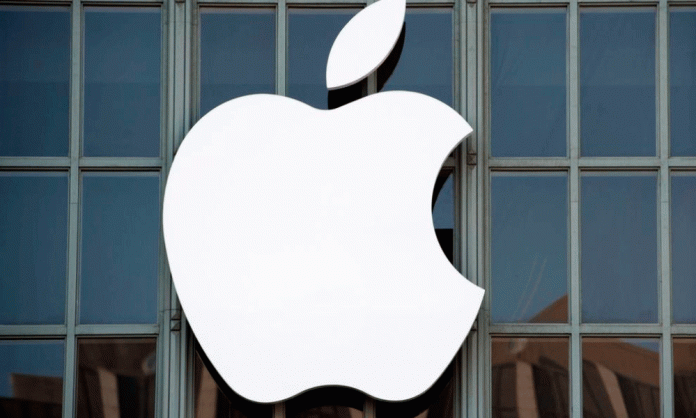Apple, which cut its quarterly sales forecast last week, cut the planned production of three iPhone models by about 10 percent for the three months between January and March, the Nikkei Review said on Wednesday.
The slashing of the rare expectations was a sign of weak demand for iPhone in China, the world’s largest smartphone market, where the slowing economy is affected by the trade war with the United States.
Many analysts and consumers say the price of the new iPhone is too high.
Apple said it had asked its suppliers late last month to produce smaller units than planned for its T-Mobile, T-MAX and T-MAX phones, Nikkei said, quoting informed sources.
Nikkei said the request was sent ahead of Apple’s announcement to cut its forecast. The more pessimistic outlook on sales, which Apple attributed to China’s weak demand, sparked widespread selling in global stock markets.
An independent market research firm estimates shipments to China fell 12 percent last year and expects shipments of smartphones in 2019 to fall another 3 percent to less than 400 million phones for the first time since 2014.
The total volume of planned production for old and new iPhone phones is likely to be reduced to between 40 and 43 million units between January and March, from previous estimates of 47 to 48 million units, Nikkei said.
Apple tumbled 9.4 percent after the technology giant cut sales forecasts, citing a drop in iPhone sales in China, whose economy has been hit by a trade war with the United States.
Apple’s chip makers suffered the biggest losses, they lost 23.1 percent of the stock on the Stokes index.
Among the biggest losers was ST Micro-Electronics, which fell 11.6 percent, while Dialog Semiconductors fell 9.7 percent and Logitech lost 5.8 percent.
Apple has surprised shareholders with a message warning that revenue in the first quarter of the new year will be less than expected due to weak demand for iPhone phones.
The US company’s announcement by CEO Tim Cook shocked financial institutions in America and the world, with Apple cutting its expected revenue for the first quarter of the new year by $ 5 billion from $ 93 billion.
In September, Apple launched the cheaper iPhone XS and iPhone XR phones to offset the successive losses in the smartphone sector for both Huawei and Samsung, but that did not work.


























